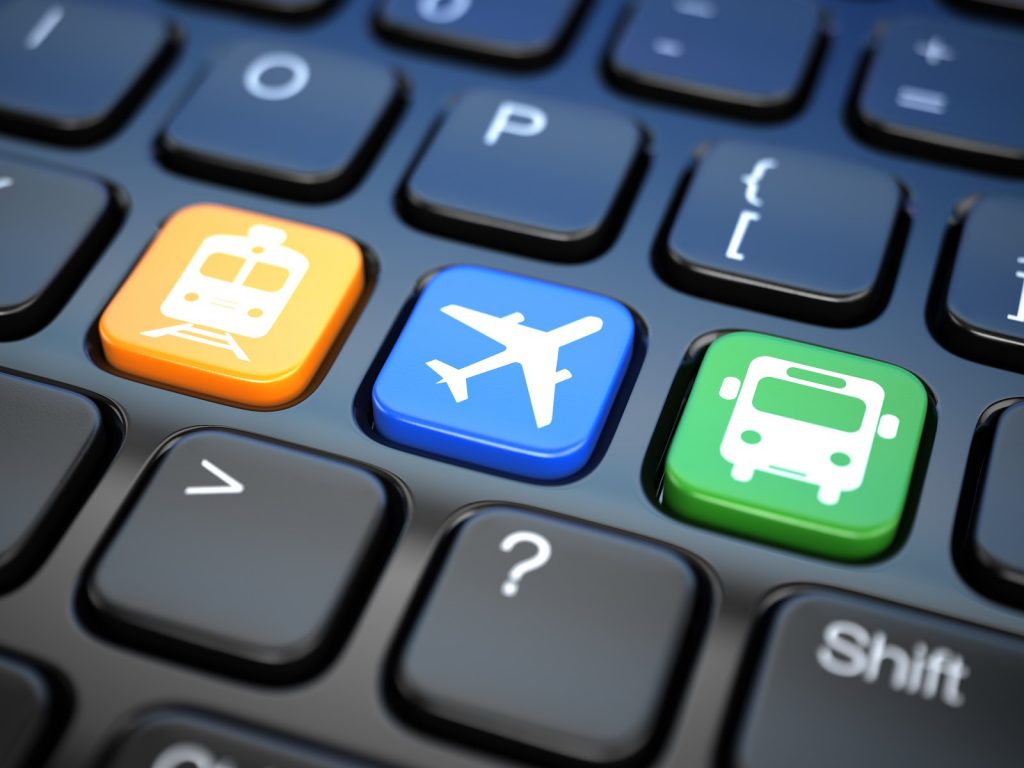
Image Credit: Maxx-Studio / Shutterstock.com
Now that the lockdown has been relaxed and people have started to travel again, the tourism industry is transforming its digital presence. Since the COVID-19 pandemic started, most consumers have shifted to online transactions, including travel-related bookings. The tourism industry has always been proactive in accommodating the needs of travelers with disabilities.
But somehow, the travel-related websites have not been optimized with equal enthusiasm as one had hoped. According to the latest statistics, travelers with disabilities spend more than $17 billion every year. However, several of these travelers feel that even though hotels and transportations have made arrangements to improve their accessibility, websites are lagging far behind.
Table of Contents
Web Accessibility for Travel and Tourism
Tourism companies need to optimize their websites for accessibility because that is the first point of contact for a traveler with a disability. If a person cannot access the features of the web pages, he or she will not be able to book the services offered by the company, which would result in loss of business.
Moreover, Article III of the Americans with Disabilities Act (ADA) requires all business websites to optimize for accessibility to everyone, including visitors with disabilities. The website must meet the current Web Content Accessibility Guidelines (WCAG) to become ADA compliant.
Failure to do so might attract an ADA demand letter or a lawsuit, which can prove to be much more expensive than the cost of making the website accessible.
Making a Travel Website Accessible
In the earlier days, making a website accessible was an elaborate and expensive affair. Businesses had to hire web developers to change the HTML coding of the website. That also meant that the website would be offline for some time, which resulted in business loss. But making any website accessible in the present time is much easier than before.
There are several automated solutions available these days that run in the background to make a website accessible. Business owners need to add a few lines of JavaScript coding, which makes the website accessible within several hours. These solutions tend to improve with time due to the machine learning algorithm.
To keep track of all the latest innovations business owners as well as the lawsuits that are slapped on businesses, check this Linkedin accessibility feed to keep an eye on the industry and the developments within it.
Optimizing Images and Colors
Travel websites are always laden with images since they can attract tourists to visit places and use the facilities. Since blind users cannot see the website, they rely on screen readers to read or the information present on the pages. That is why web developers provide alternative text descriptions for travel images in the HTML coding.
However, if the alt text is not present in the codes, users who cannot see the pictures will miss out if there is any vital information present on the pictures. Modern accessibility solutions use machine learning and image recognition to relay the relevant information in case the data is absent in the HTML codes.
Travel businesses also use colors to represent different kinds of information on a website. But if a user is colorblind, he or she will not be able to distinguish the color and might not get the relevant information to complete the booking. It is especially applicable to links placed within the texts or forms that need to be filled by the traveler.
Accessibility solutions make the necessary changes to the website so that the visually impaired users can get all the relevant information to make an informed decision. It also improves the color contrast for the font with the background as per the WCAG requirements.
Making It Accessible to Assistive Devices
Most travelers who use assistive devices to access the internet face difficulties with normal websites. Assistive technologies like screen readers cannot access every element of the website, which creates barriers for users. The accessibility solutions make the website accessible to assistive devices and screen readers like JAWS, NVDA, TalkOver, and several others.
The automated software also adjusts the navigation of the website so that users can access the website using a keyboard only. It also provides an option to skip the navigation, which makes it convenient for the user to go through the website.
Adjustments to Media Files
Travel websites also need to have a lot of videos and media files on them, so that the tourists can get all the visual details. But once again, people with visual or hearing disabilities cannot access the videos or media files as others do. That is why accessibility solutions add the required captions or transcripts so that travelers with disabilities can get the relevant information.
Many travel businesses set the media files to play automatically when a person lands on the website, which is disruptive to users with ADHD. Accessibility software disables the autoplay function so that it does not startle those with attention disorders.
Making a travel and tourism website accessible to users with disabilities is much more challenging than other kinds of businesses. That is because they rely heavily on visual information like images and videos to provide information and advertise their facilities.
However, choosing an intelligent accessibility solution can simplify the process and ensure that every person can access the information on the website, irrespective of their abilities.

